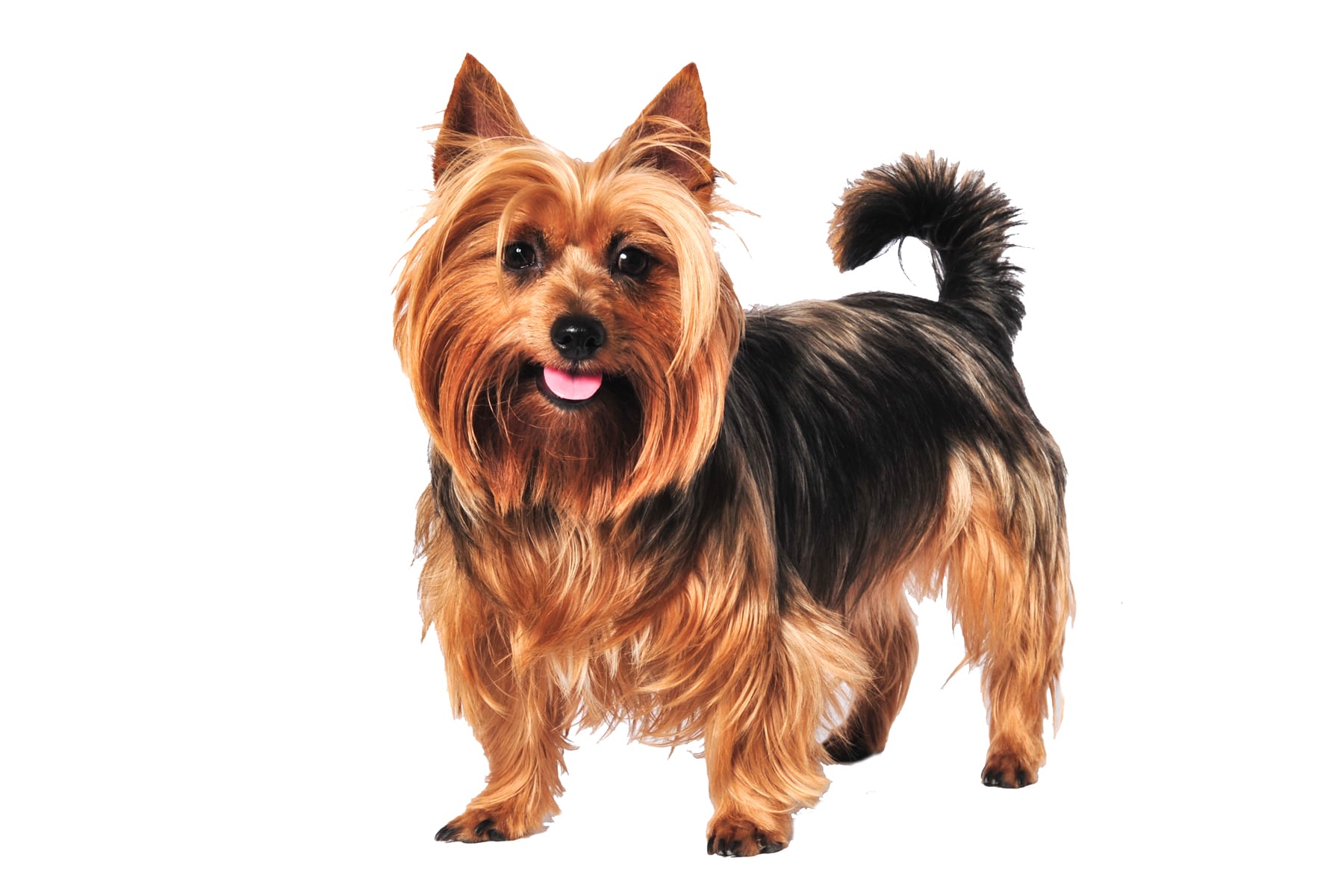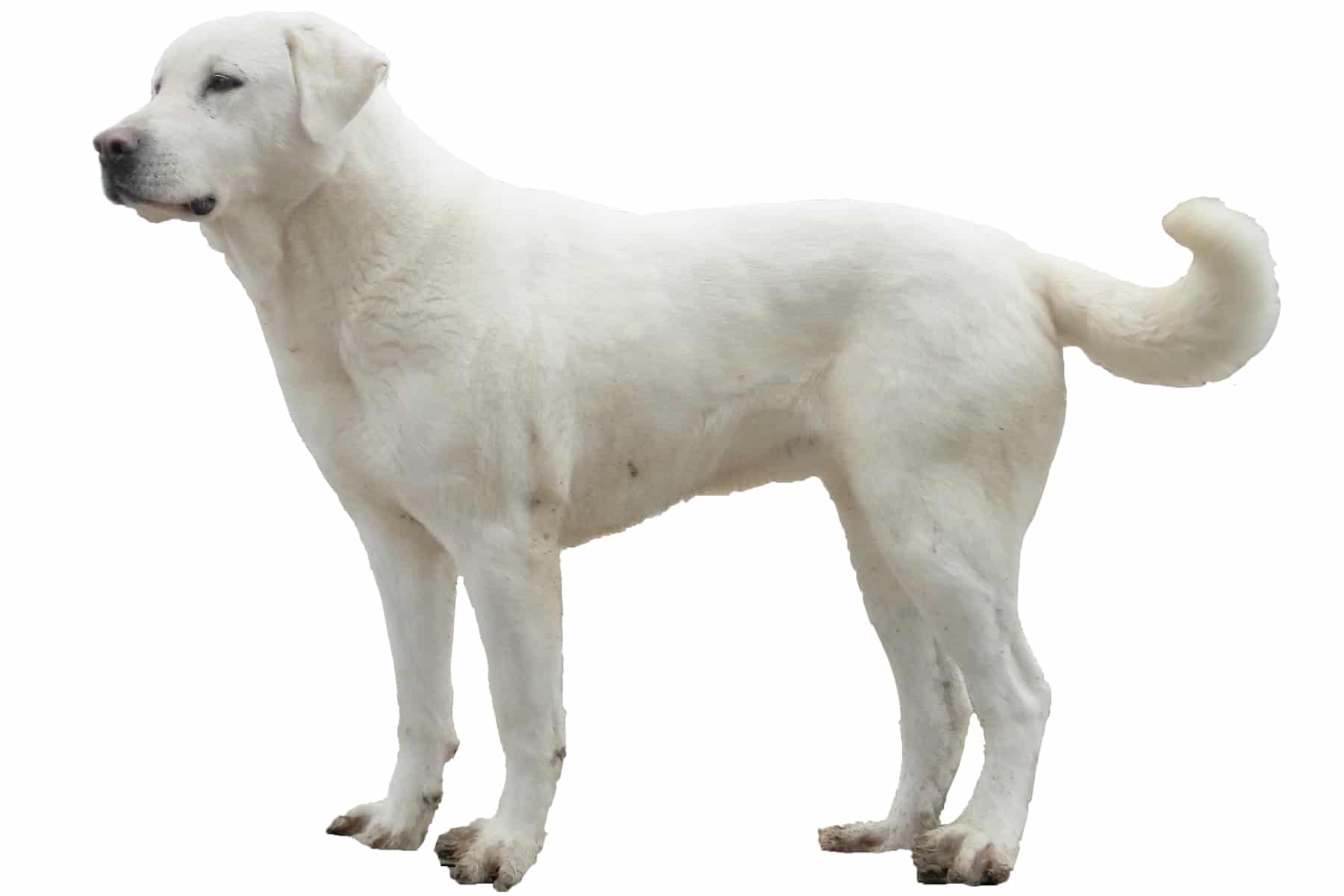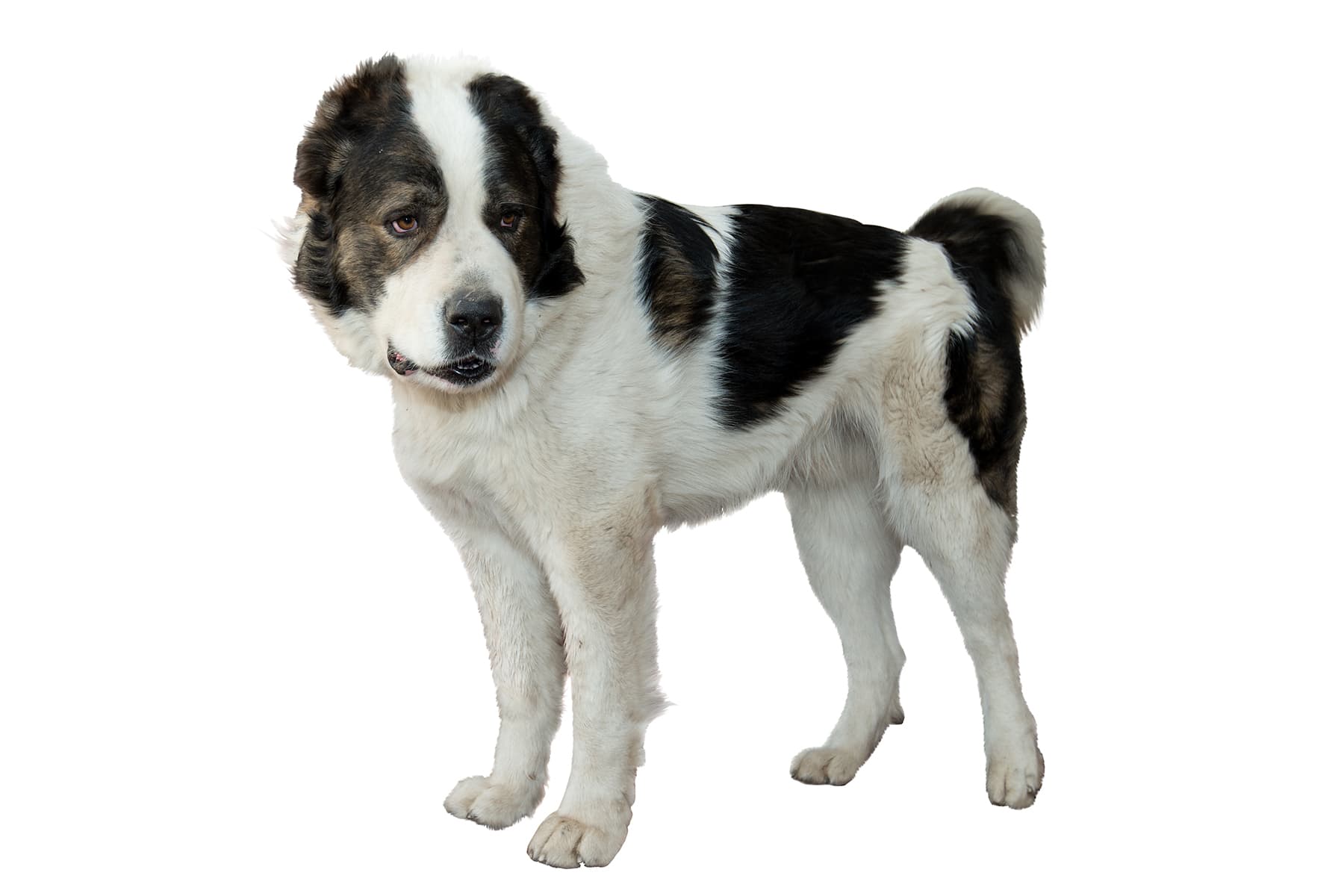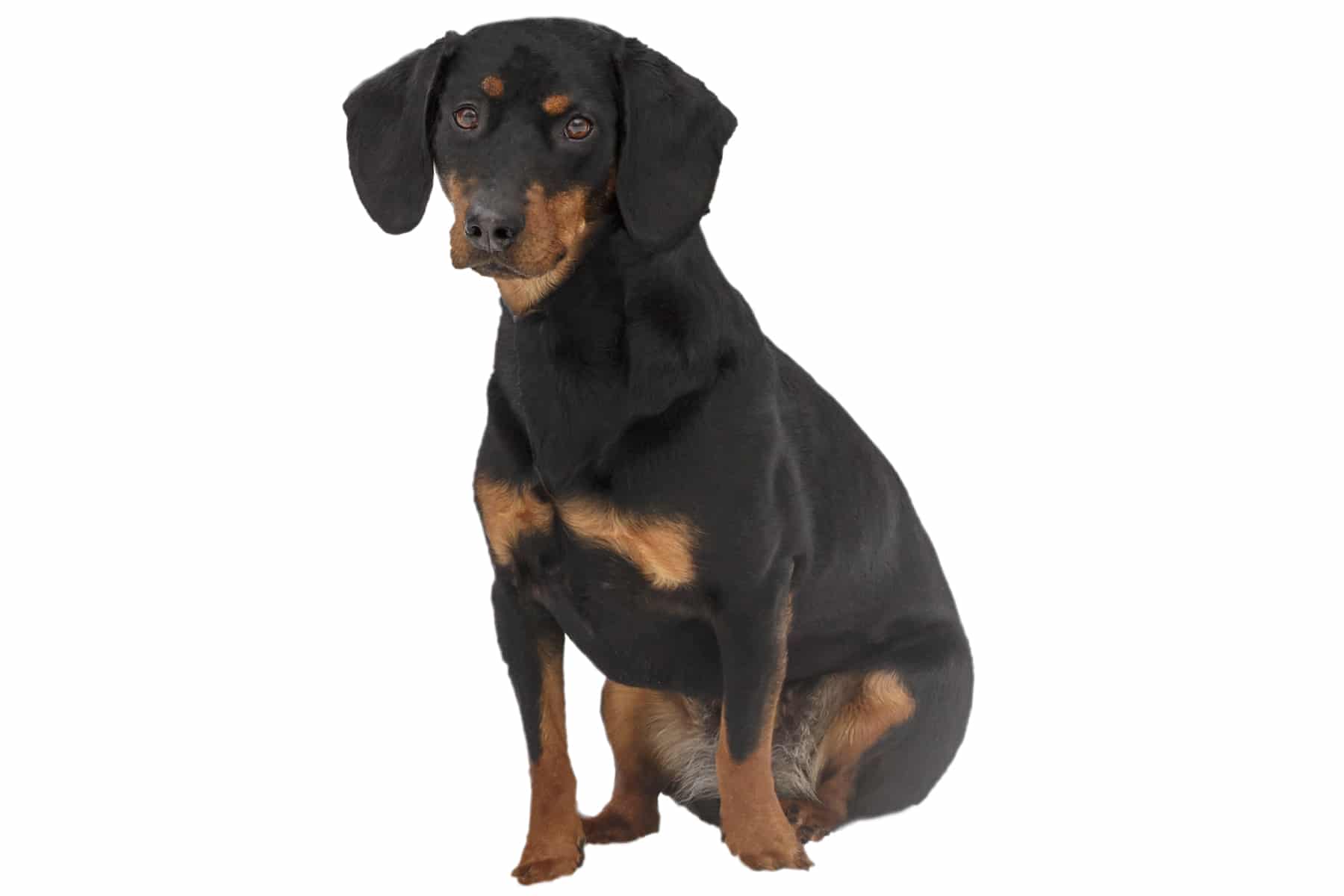Rough Collie
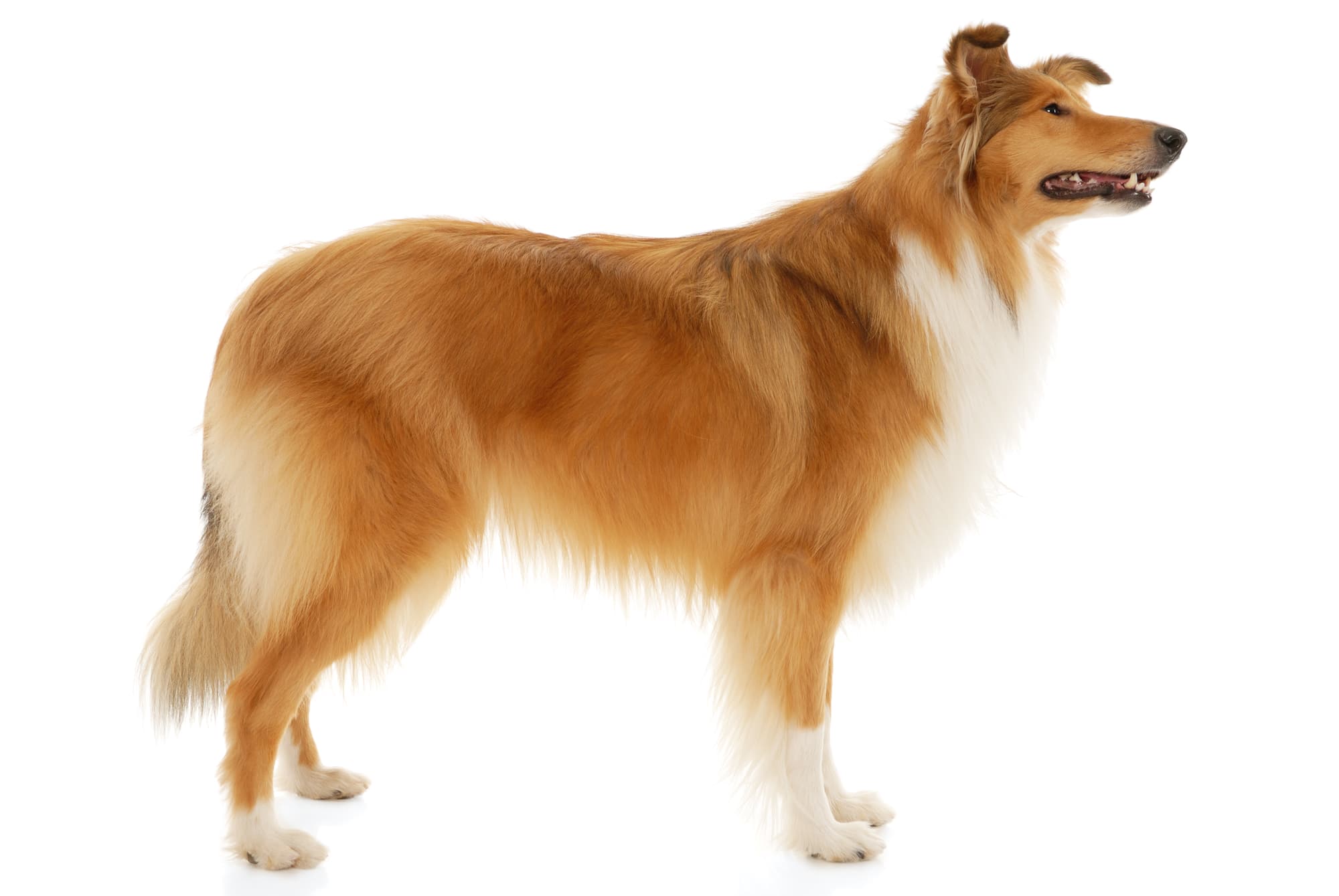
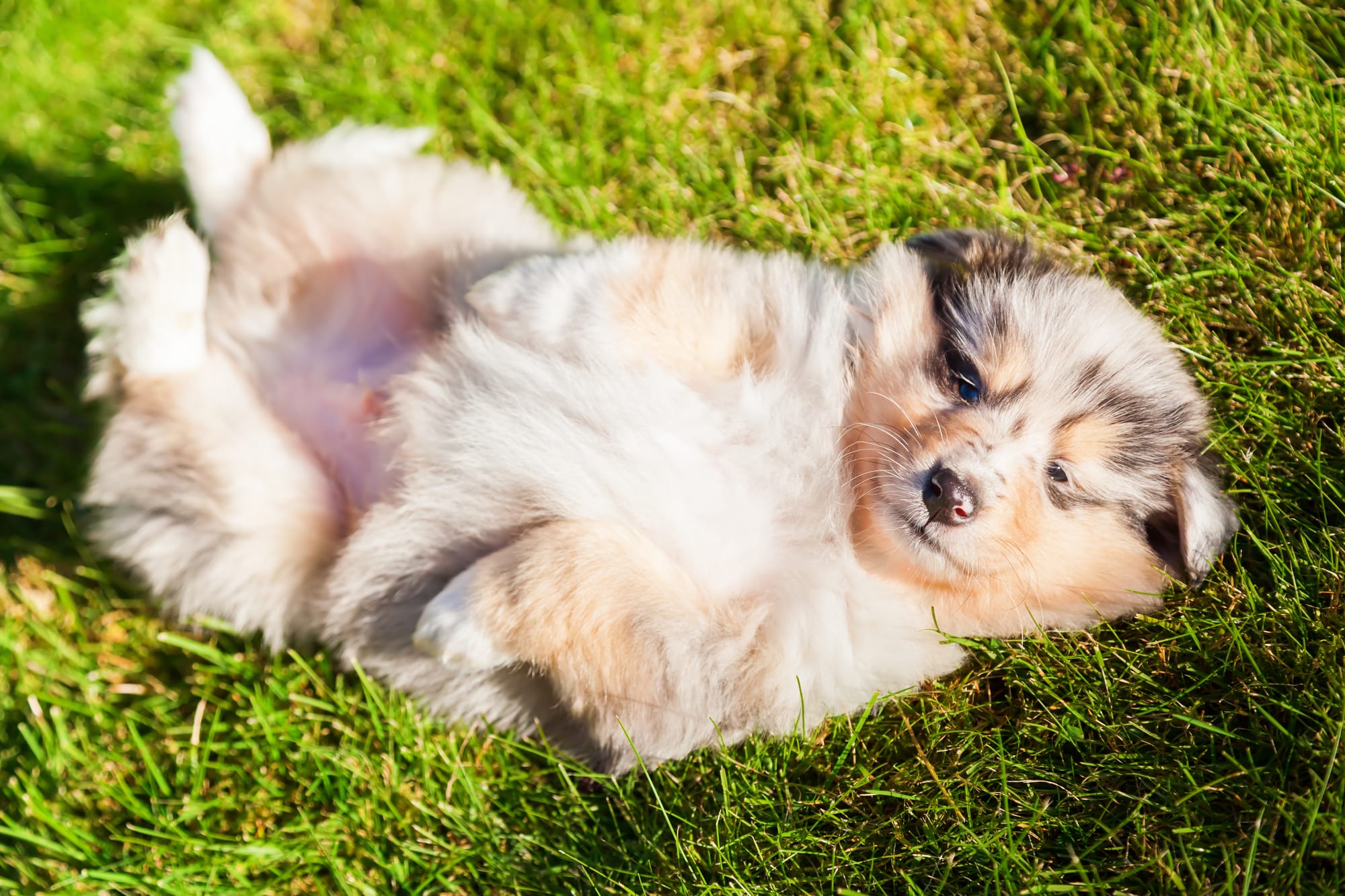
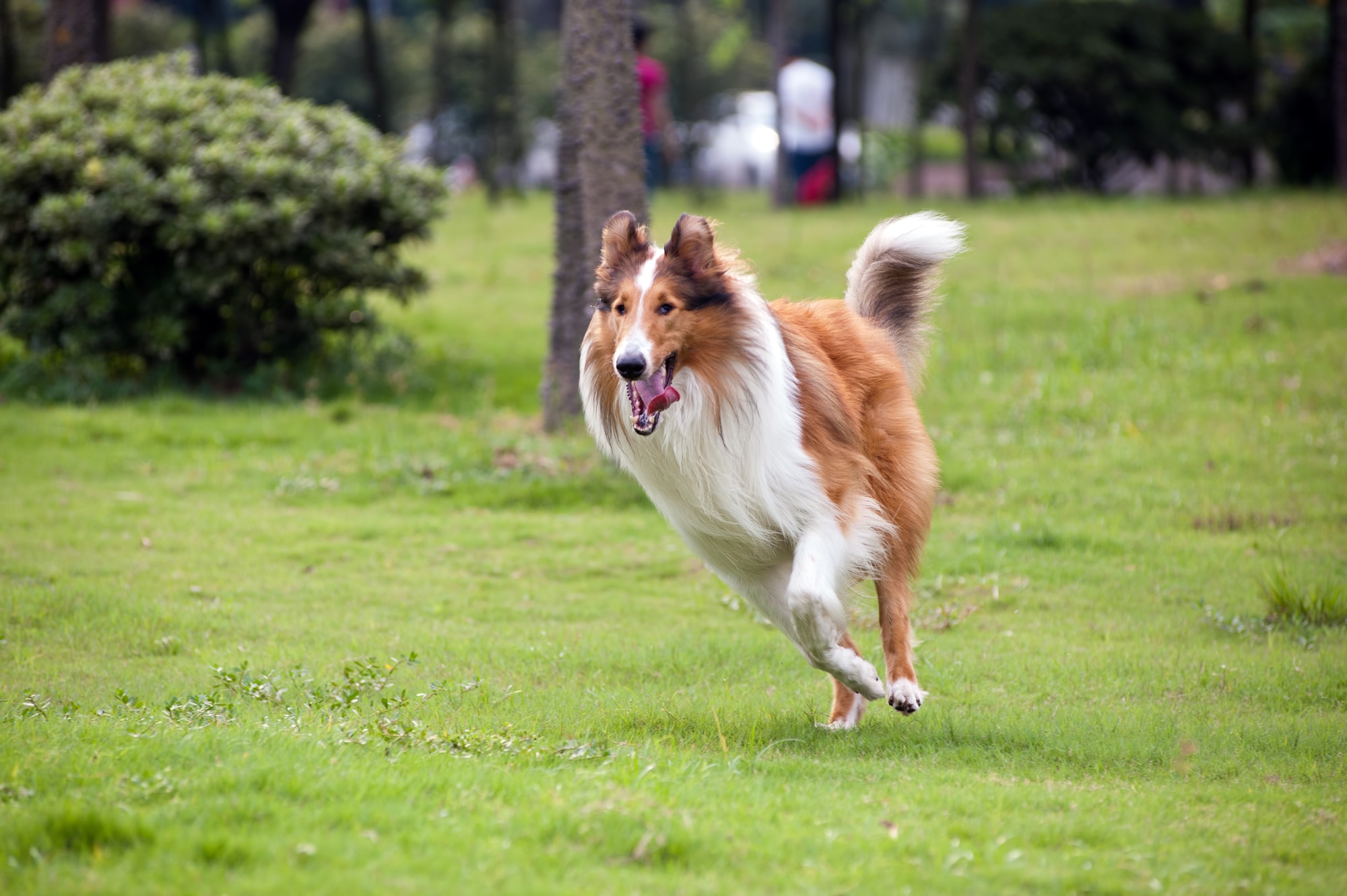
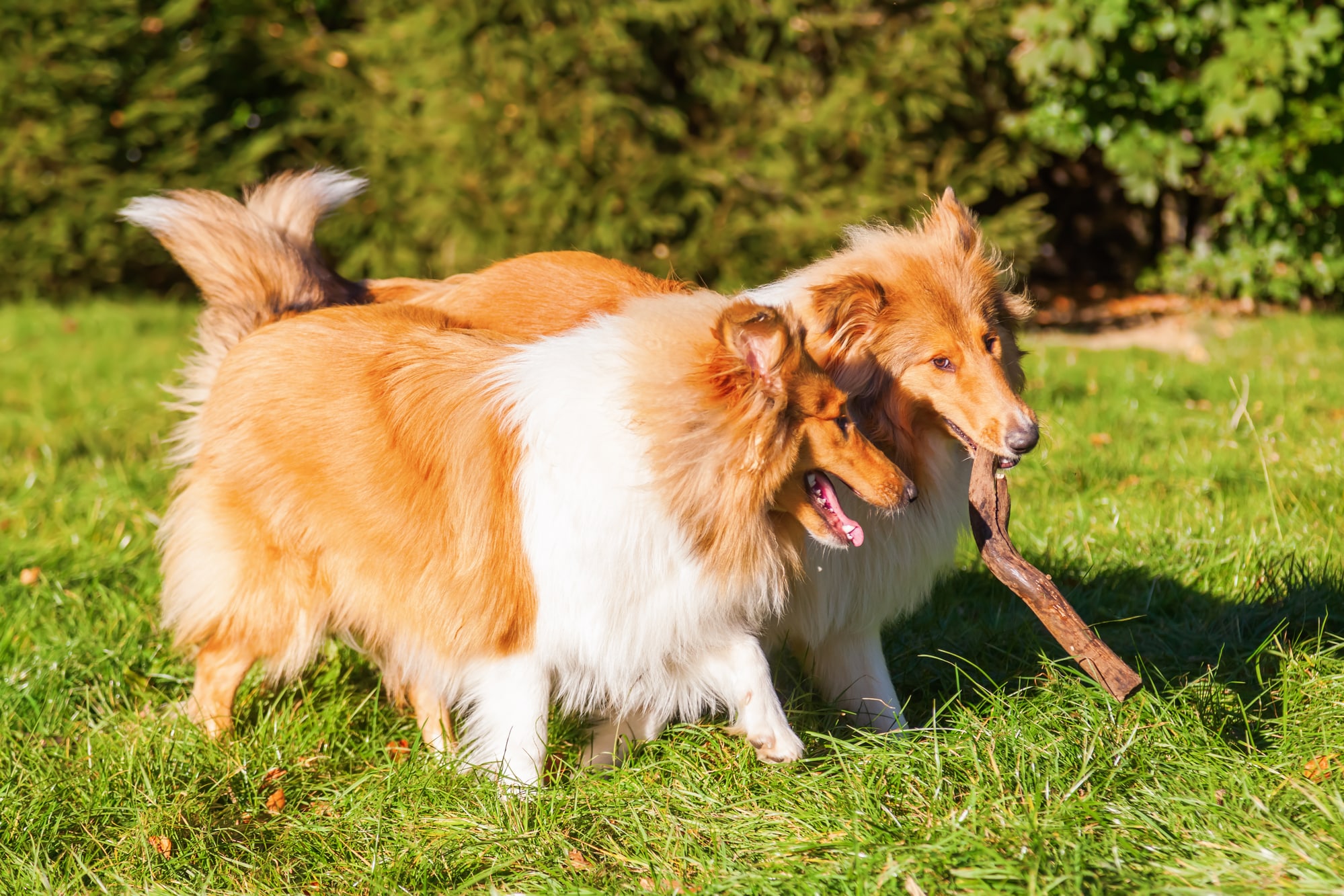
Temperament:
The rough collie has been widely known as a dog breed since the 1940s and the television series 'Lassie'. Representatives of this breed are considered intelligent and friendly. They have a pronounced protective instinct and look for a 'pack bond'. They are suitable as family and companion dogs for active households.
Characteristics
The rough collie originates from Great Britain. The breed is recognized by the FCI and belongs to Group 1 (herding and driving dogs). Its official name is rough collie, but it is also known as the long-haired collie or simply collie for short.
The dogs are of medium size, have a long body with clearly defined ribs and arched loins. The tail should reach to the hock. The rough collie appears elegant and powerful.
The coat is long and very dense with a lot of soft undercoat. Possible colors are blue, tricolor and sable. The typical markings of the rough collie must be present and white. The muzzle is long and narrow, the nose is always black. The brown, oval eyes appear intelligent and alert.
The collie has a friendly and affectionate nature. It is intelligent and attentive, very capable of learning and easy to motivate. It is active and loves long walks, needs exercise, play and regular exercise. The dogs are very affectionate and have a strong protective instinct. This is why they are sometimes suspicious of strangers.
In general, the rough collie adapts well to new circumstances. It is therefore very suitable as a family and companion dog. It is considered calm and stable. It is generally friendly and open-minded towards other dogs. Households with children are also no problem. If you provide him with a place where he can retreat, the collie will survive turbulent times well. But he will strike when danger threatens.
A rough collie wants to be challenged. Nose work, agility or obedience are activities that you should consider for your collie. He will do anything for his owner, but you shouldn't always expect top performance or tireless stamina. The original working instinct of herding dogs has long since disappeared from the breed. The collie lacks the pronounced hunting instinct. The rough collie is particularly suitable as a guide dog for the blind or as a guard dog.
As the rough collie is sensitive, consistency and empathy are required when training them. It is an advantage if you already have experience with dogs. An overly firm hand is not called for here, as the collie quickly resigns and loses its motivation. Clear training is necessary so that he learns to trust his owner and recognize him as the leader of the pack. Overall, the rough collie is considered docile and easy to handle.
Coat care:
Shedding:
Energy level:
Trainability:
Children suitable:
The right food
When choosing food, make sure that it contains high-quality ingredients, is balanced and meets your dog's requirements. Age, size or weight, activity and health status play an important role. You should follow the manufacturer's recommendations for the amount of food.
Treats should only be fed in moderation and deducted from the basic diet to avoid obesity.
Puppies can be fed 4-6 times a day. The number of meals should be gradually reduced to 2 per day until the dog is fully grown. A rest period should be observed after meals.
Fresh drinking water should be available at all times.
Health & Care
Grooming a rough collie is somewhat more complex than with many other dog breeds due to its long and dense coat. The coat must be brushed regularly so that it does not become matted or dirt from walks remains in the coat. Matted fur can be removed with scissors or a de-matting spray. Your collie loses a lot of hair during the shedding period. Daily brushing of the undercoat can help to reduce the tufts of fur in the home.
Attention should also be paid to the skin when brushing. It should be smooth, without dandruff or redness. Also remember to check your collie for ticks after every walk and remove them if necessary. Regular parasite prophylaxis is just as important as full vaccination protection. The dog should be accustomed to being examined from an early age. Practice with him again and again and look in his mouth, ears or check his paws.
Due to its thick coat, the rough collie does not tolerate high temperatures and heat well. Make sure he has access to a cool place in such situations and always provide him with plenty of water. A paddling pool in the garden is also a popular way to cool off.
Suitable accessories
There are a few things to consider when buying a dog: bowls, leads, harness, collar, bed, blankets, tick tweezers, claw clippers, shampoo, toothbrush and toothpaste, toys and food are essential and form part of the purchase costs. With a rough collie, you may have to spend a little more on grooming than with other dogs.
If the dog is to travel in the car, a transport box or at least a harness set may be useful. A first aid kit in the car and at home is useful. It's best to ask your vet what should be in the first aid kit.
Membership of a dog school and insurance for your collie are advisable. Dog liability insurance covers the costs if your dog causes damage. There is also health insurance for dogs. Here, at least surgery insurance is always a good choice.
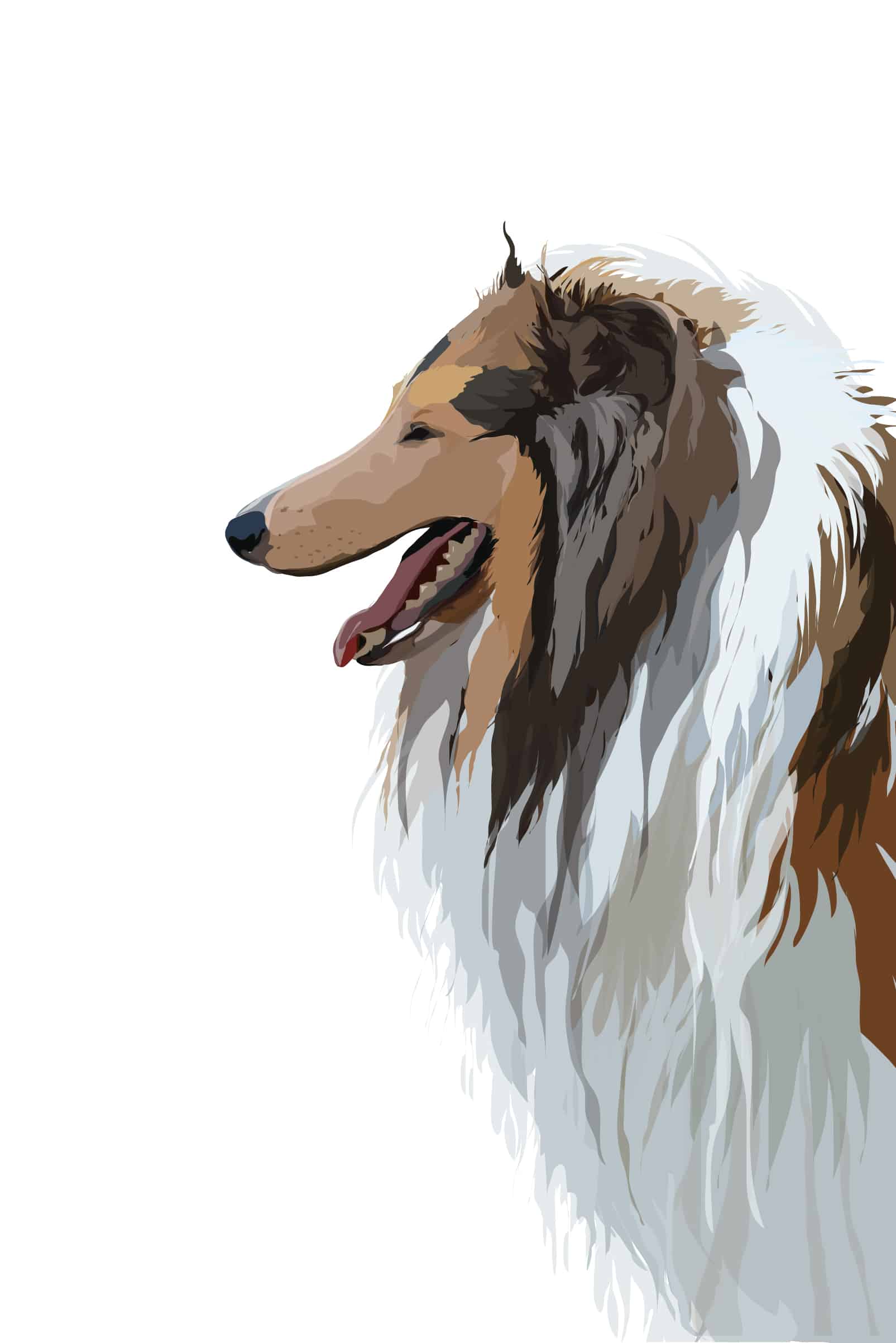
Origin & History
The ancestors of the rough collie are Scottish. The breed developed from a British herding dog breed. Dogs brought to Britain by the Romans in the 5th century BC mated with them. The first descriptions of collies date back to the 13th century.
This original collie was smaller, stockier and had a broader head. It was used for herding in the Scottish Highlands. The sheep herded by these dogs had a black head and were called 'Colleys'. The dogs themselves were called 'Colley Dogs', which later gave rise to the name 'Collie'.
In the 19th century, the borzoi was crossed with the collie. This made the build taller and slimmer and the coat finer. Around 1850, the collie was recognized as a pedigree dog and a few years later the first standards were established.
The dogs arrived in the USA on merchant ships, where the American version of the rough collie was created. From the 19th century onwards, the collie was mainly used as a show and companion dog and hardly ever as a herding dog, giving it the status of a family dog.
